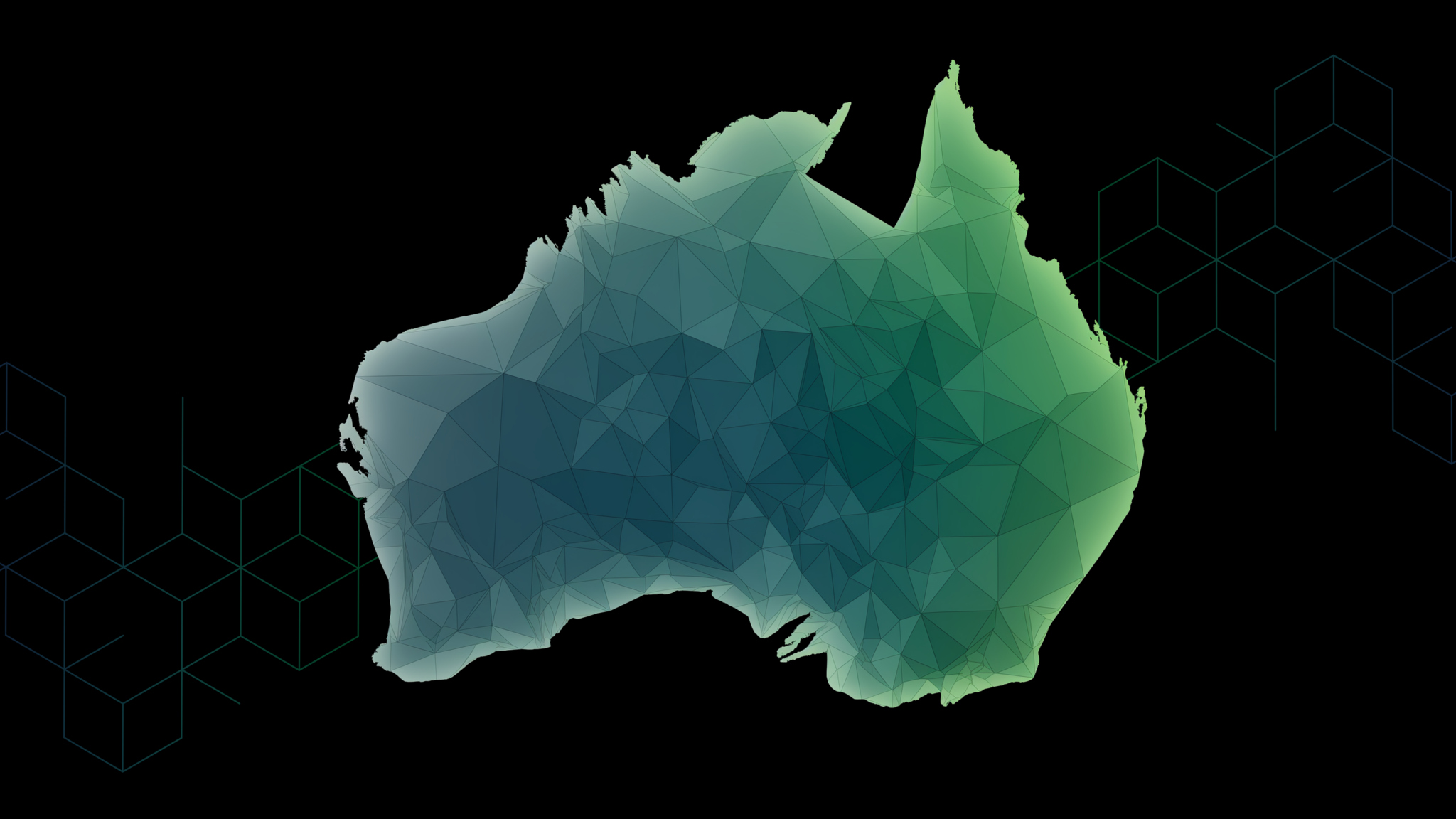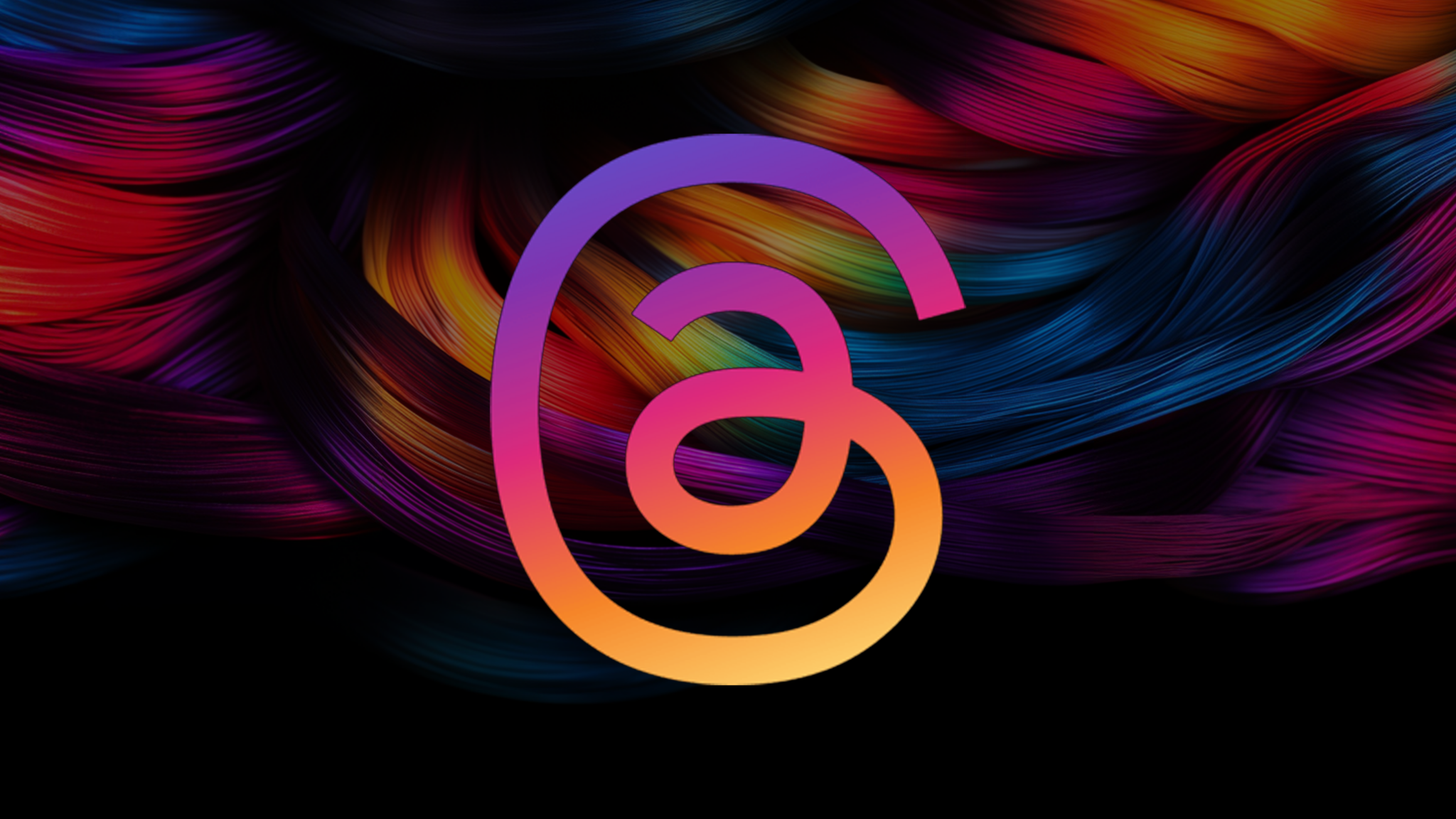When you’re putting out a lot of content on the web, eventually it all starts to look like a big mess of words and clickables. Links go this way and that way, there’s ads and buttons out there roaming around, a couple landing pages your forgot about… oh, and that pie eating competition video your sales guy talked you into doing. But in that sea of content, what is it you want your users/readers to actually DO?
For any website or post, there is always a desired goal. It could be a purchase, a sign up, a download, or just an awareness or education. Regardless of your end goal, you have to guide your users to that conversion by bringing them through a funnel one step at a time. This is done with Calls to Action, or CTAs. This is the message that says “CLICK HERE!” or “BUY NOW!” Whatever your conversion goal, you’ll need to prompt people to complete that conversion goal with some kind of clear invitation to do so. Thus, the CTA.
But it’s easy to sabotage your own CTA by making it confusing, unclear to the user, or hidden amongst the other flashing lights and spinning doo-dads on your site. A CTA should offer a simple, clear, concise action that a person can take. You want it to be prominently and clearly featured on the page so it can’t be missed. A pop-up is the most direct form of CTA, but it’s also the most invasive and annoying, so if you’re going to deploy the pop-up, you better have a good reason.
Make your CTA easy and risk-free.
If it involves a complicated process, people will just opt out. But the easier you make it to perform the action, the more conversions you’ll get. It’s almost like designing the internet for dummies. You guide and lead them with simple, clear directions one step at a time… right to your conversion point.
The concept of a Call to Action is simple enough to understand, but it’s often not direct enough (meaning the action or invitation to act is weak and doesn’t prompt me to respond) or it doesn’t catch my eye and I move along. When designing action points on your site, keep in mind that people are simple creatures and like simple actions that produce results. Structure your conversion funnel into a series of little baby steps that lead to a clear, defined end point.
The clarity will optimize your conversion and make for happier customers.



